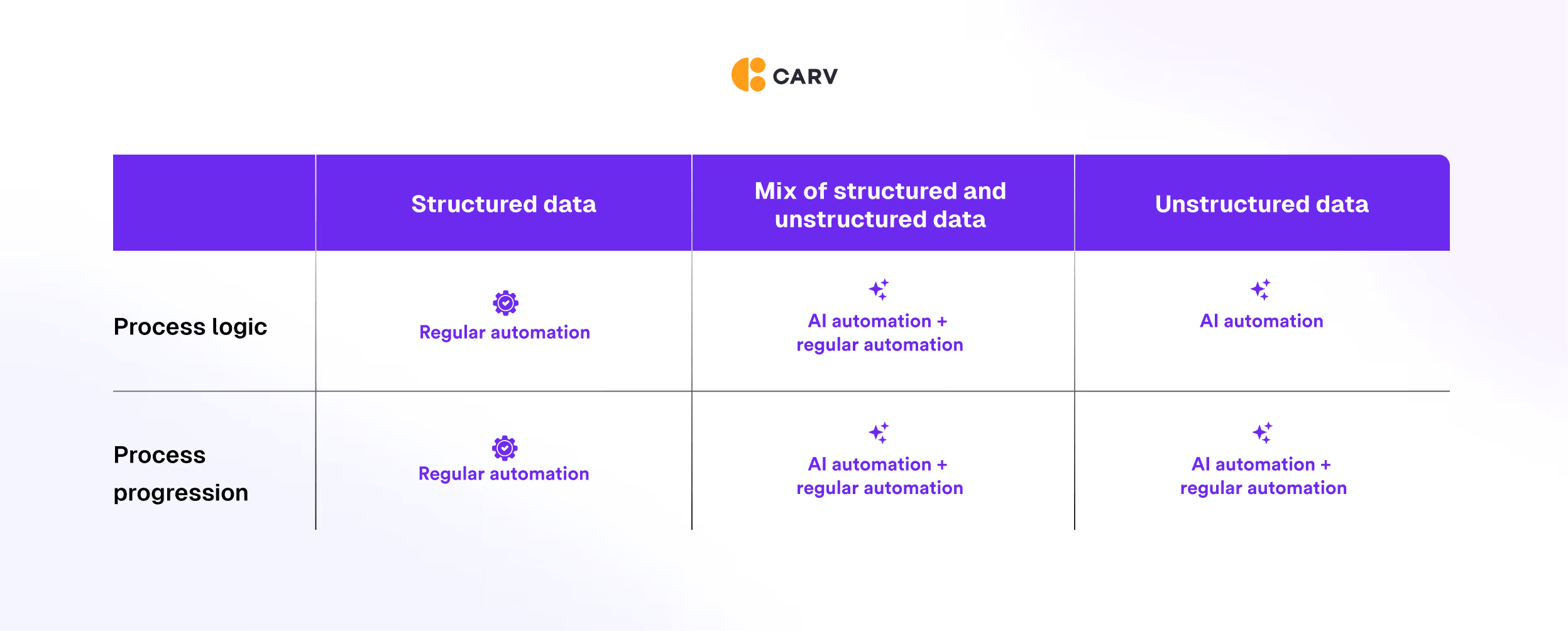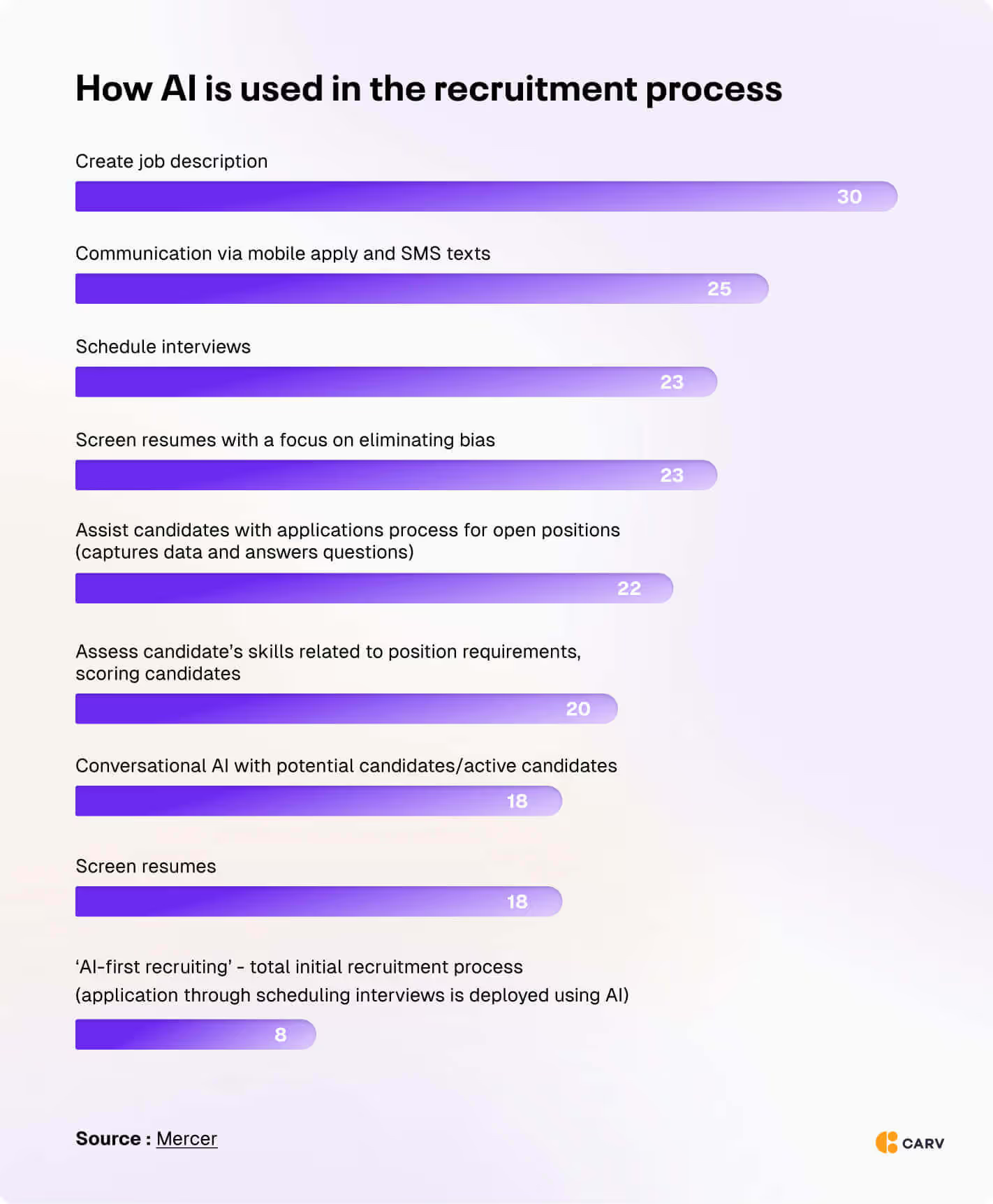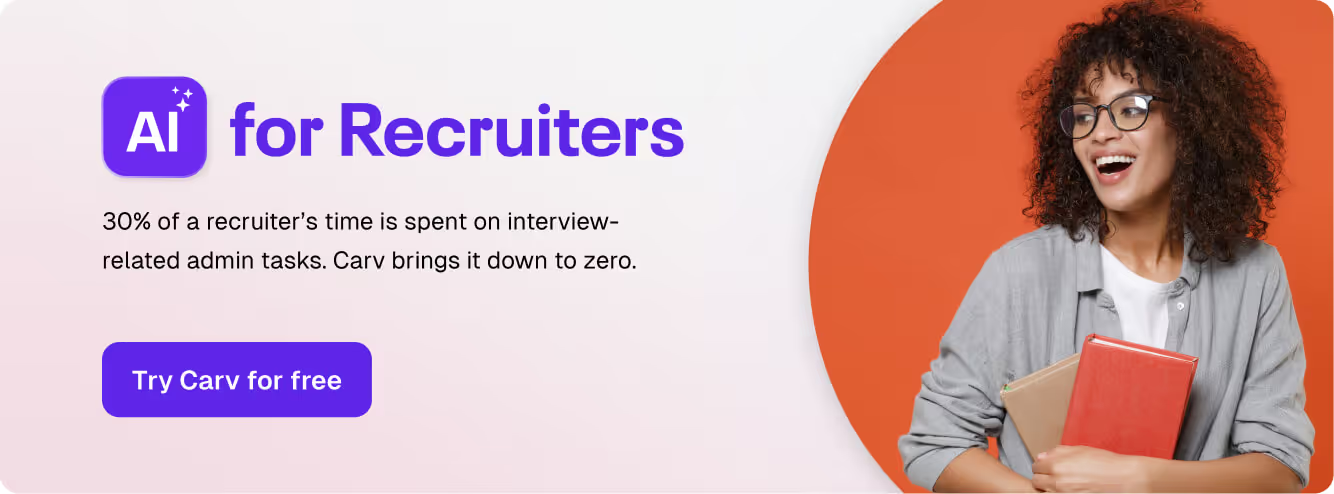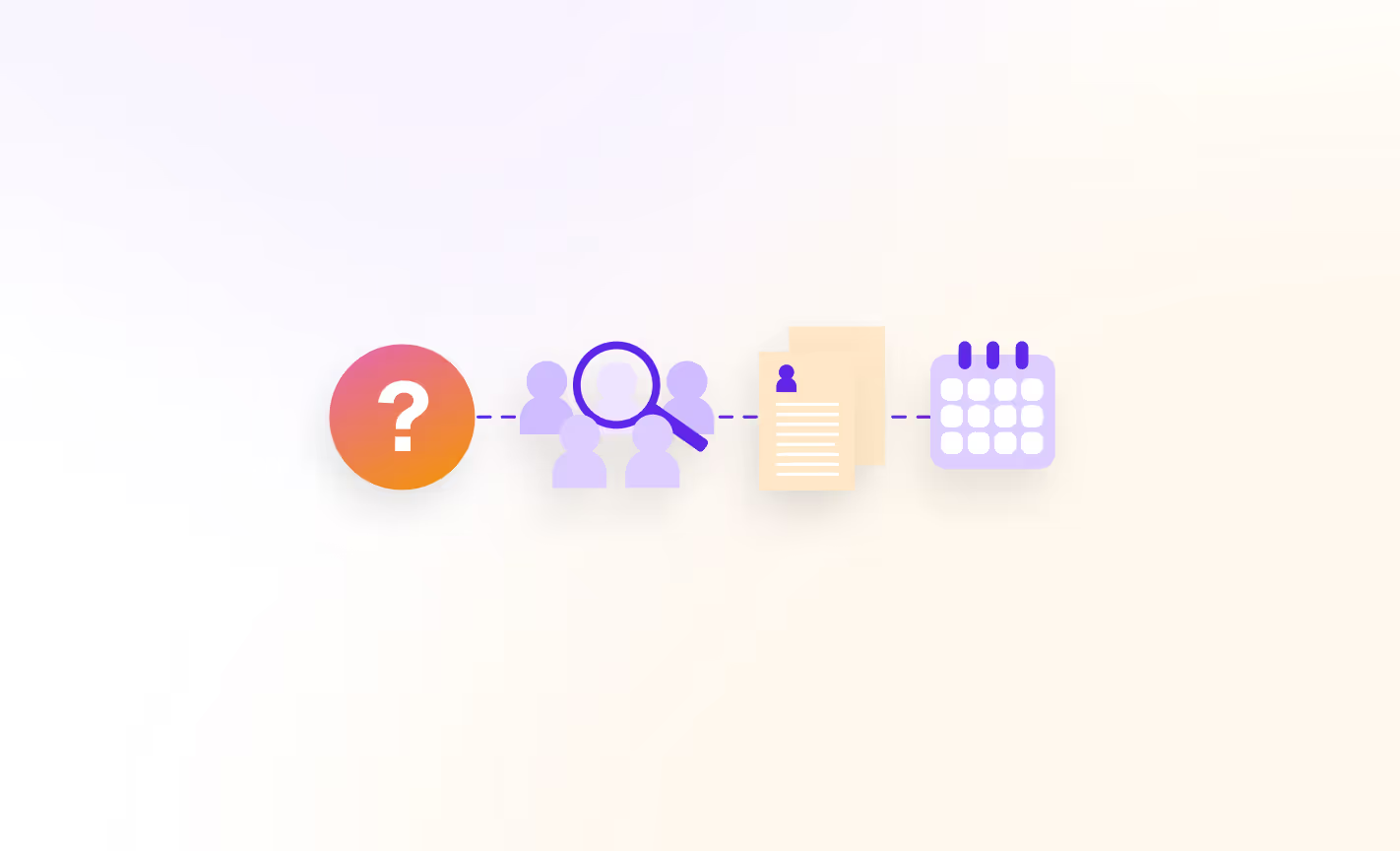The rise of artificial intelligence has sent ripples through countless industries, and recruitment is no exception. From automating resume screening to analyzing candidate skill sets, generative AI promises a faster, more efficient hiring process. However, implementing gen AI solutions isn't without its hurdles.
This article looks at the key challenges organizations face when adopting AI in recruitment, exploring the learning curve, talent skill gaps, data integrity concerns, and the complexities of implementation.
Let’s dive in.
The adoption gap and skills shortage
The adoption gap presents a significant challenge in leveraging the full potential of gen AI in recruitment.
While AI holds immense promise for streamlining processes and enhancing decision-making, its effectiveness hinges on the skills and readiness of the individuals tasked with its implementation.
What we’re seeing is that one of the primary obstacles in accelerating the adoption of AI in the talent acquisition space is the lack of familiarity and expertise among recruitment teams regarding AI technologies.
Recent data from Mercer shows that only 14% of companies use AI tech as part of their TA technology stack, the top barriers to adoption being the lack of understanding about the efficacy of tools (38%), the lack of knowledge of recruiting AI tools (36%), and the lack of system integrations (47%).
As AI recruitment technology is relatively new, many professionals haven't received adequate training or exposure to these tools. This lack of experience can hinder their ability to leverage these solutions effectively.
Furthermore, the rapid pace of technological advancement means that skill requirements are continually evolving, creating a persistent challenge for organizations to keep their workforce updated with the latest AI capabilities.
Yet, talent acquisition teams are enthusiastic about the capabilities and applications of artificial intelligence. 45% of companies believe they will use AI to address labor and skill shortages in the coming years, and 42% of recruiters believe that AI will help them become more strategic in their jobs.
It’s therefore worthwhile for organizations to prioritize investment in training and upskilling initiatives tailored to the specific needs of their recruitment teams.
This involves not only providing foundational knowledge about AI concepts and principles but also offering hands-on experience with AI tools and platforms. Which brings us to challenge number two.
Navigating the learning curve
AI systems in recruitment are powerful but can be intricate. Recruiters unfamiliar with the technical aspects may find these systems daunting at first.
To give just one example, data from Aptitude Research found that 52% of companies define AI as automation rather than intelligence and machines capable of learning and logic. However, as we’ve shown in a previous article, these terms aren’t necessarily interchangeable.

However, it's important to remember that understanding the inner workings of the AI itself isn't always necessary. Recruiters don’t need to deeply understand the technicalities of generative AI in order to effectively incorporate this technology into their daily work.
They do, however, need to know how to “talk” to AI or how to interact with AI-powered tools in order to get optimum output, as well as how to interpret the data and insights that AI generates.
In the same way, recruiters need to understand the rationale behind the AI's suggestions and assess their relevance to the specific hiring needs.
AI algorithms can perpetuate biases present in the data they're trained on. Recruiters need to be equipped to identify and mitigate these biases to ensure fair and ethical hiring practices.
To help recruiters navigate the learning curve, several solutions exist:
- User-friendly interfaces: Developing new, intuitive interfaces for AI recruitment tools to make them more accessible to recruiters with varying technical backgrounds. This can be achieved by shifting the focus away from databases and process steps and towards enhancing recruiter-AI synergy.
- Ongoing support: Providing continuous support resources, such as training modules, webinars, and dedicated customer support teams, empowers recruiters to continually learn and adapt to evolving AI functionalities.
Data challenges and transparency
While AI offers significant advantages, there are data-related challenges that need to be addressed to build trust and transparency in the recruitment process.
A major concern lies in the potential bias present within the training data sets used by AI algorithms. These biases can be based on factors like gender, race, or education level. If left unchecked, AI can perpetuate these biases and lead to unfair candidate selection practices.
It's crucial to ensure training data is diverse and representative of the talent pool to mitigate bias and promote fair hiring.
Another limitation of AI lies in its inability to replicate human interaction during interviews or assessments.
AI struggles to prompt candidates effectively to delve deeper into their experiences and motivations. Human expertise remains irreplaceable in these situations, where fostering a rapport and exploring a candidate's unique qualities are essential.
Uncertain outputs and complicated prompting
One of the biggest hurdles in trusting AI recruitment systems lies in the challenge of understanding their outputs.
Many AI algorithms function as black boxes, meaning their internal decision-making processes are complex and opaque. This opacity makes it difficult for recruiters to grasp the reasoning behind the system's recommendations for candidate selection.
For instance, an AI system might recommend a candidate with a high score, but the recruiter wouldn't know exactly what factors contributed to that score.
Was it relevant work experience, specific keywords on the resume, or perhaps an unintended bias in the data the AI was trained on?
This lack of transparency can lead to several issues:
- Confusion for recruiters: Recruiters struggle to assess the validity of the AI's suggestions and may hesitate to trust them, hindering their ability to leverage the AI's capabilities effectively.
- Candidate experience concerns: Candidates left in the dark about the AI's role in their selection process might feel confused or even discriminated against. This can negatively impact their perception of the company and the fairness of the hiring process.
- Legal and ethical risks: Uncertain outputs raise concerns about potential bias and discrimination in AI-driven hiring decisions. Without understanding the reasoning behind these decisions, it becomes difficult to ensure fairness and compliance with relevant regulations.
The good news is that advancements are being made in the field of "Explainable AI" (XAI). These techniques aim to make the inner workings of AI algorithms more transparent, allowing users to understand how they arrive at their outputs, and therefore how to improve the outputs too.
Beyond the basic skills needed to operate AI recruitment tools, there's another layer of complexity hindering adoption: understanding how to prompt them effectively.
AI systems rely heavily on the quality and specificity of the prompts they receive. A poorly phrased prompt can lead to inaccurate results or outputs that miss the mark entirely.
Learning how to craft effective prompts often involves trial and error. This can be a time-consuming process, further discouraging widespread adoption of AI tools.
By combining XAI advancements with improved prompting capabilities, AI can become a more robust and trustworthy partner in the recruitment process.
Data silos and integration challenges
The growing trend towards SaaS in HR presents a challenge for AI integration in recruitment, 47% of companies seeing this as the biggest adoption blocker.
Many HR functions, including talent acquisition, payroll, benefits, and performance management, now operate through separate SaaS platforms. This creates data silos, where valuable candidate information is scattered across disparate systems.
AI recruitment tools often require comprehensive candidate data for optimal performance. Limited data availability due to these silos can hinder the effectiveness of AI and make it difficult for the system to generate accurate insights or recommendations.
Companies looking to leverage AI in recruitment need to develop strategies to consolidate and integrate data from various HR platforms to ensure the AI has access to the information it needs.
Implementation confusion and ROI
Beyond the learning curve, implementing AI in recruitment presents some practical hurdles.
The first step to successful AI implementation is defining clear goals and objectives, and many talent acquisition teams aren’t clear about how to navigate this changing landscape.
Without a well-defined purpose, it's difficult to choose the most suitable AI tools and ultimately measure their success. For example, are you aiming to improve screening efficiency, reduce bias, or identify top talent? Clarity on these objectives is crucial.
If we look at the current use cases of gen AI in talent acquisition, the most common ones are:
- Sourcing and engaging talent for pipeline purposes (40%)
- Analyzing internal TA and recruitment data (28%)
- Guiding candidates towards the right position (candidate-centric matching) (26%)
As for the recruitment process, the common use cases of artificial intelligence are:
- Creating job descriptions (30%)
- Communicating with candidates via mobile apply and SMS texts (25%)
- Scheduling interviews (23%)
- Screening resumes (23%)
- Assisting candidates with the application process (22%)
- Assessing and scoring candidates (20%)
- Conversational AI (18%)
These use cases serve as good starting points for organizations seeking to implement AI into their recruitment processes.

Moving on, quantifying the return on investment (ROI) associated with AI recruitment solutions can be tricky.
While benefits like improved efficiency and better candidate quality are evident, translating them into concrete financial figures can be difficult.
Here, focusing on metrics aligned with your defined goals (e.g., time saved in screening, reduction in recruitment costs) can help demonstrate the value proposition of AI.
By establishing clear objectives, addressing integration challenges, and focusing on relevant ROI metrics, companies can navigate the complexities of implementing AI and ensure it delivers a positive impact on their recruitment efforts.
We've detailed our approach to AI implementation in recruitment in a dedicated article: Implementing AI in Recruitment - A Framework to Get You Started.
Over to you
While AI offers exciting possibilities for recruitment, there are key challenges that need to be addressed for successful adoption. Overcoming these challenges is vital to unlock the true potential of AI in recruitment.
When implemented strategically, with a focus on human oversight and ethical considerations, AI can fundamentally transform the recruitment landscape.
If this sounds exciting, we invite you to take the first step today with Carv - AI purpose-built for recruiters.



%20(1).avif)



%20(1).avif)
%20(1).avif)